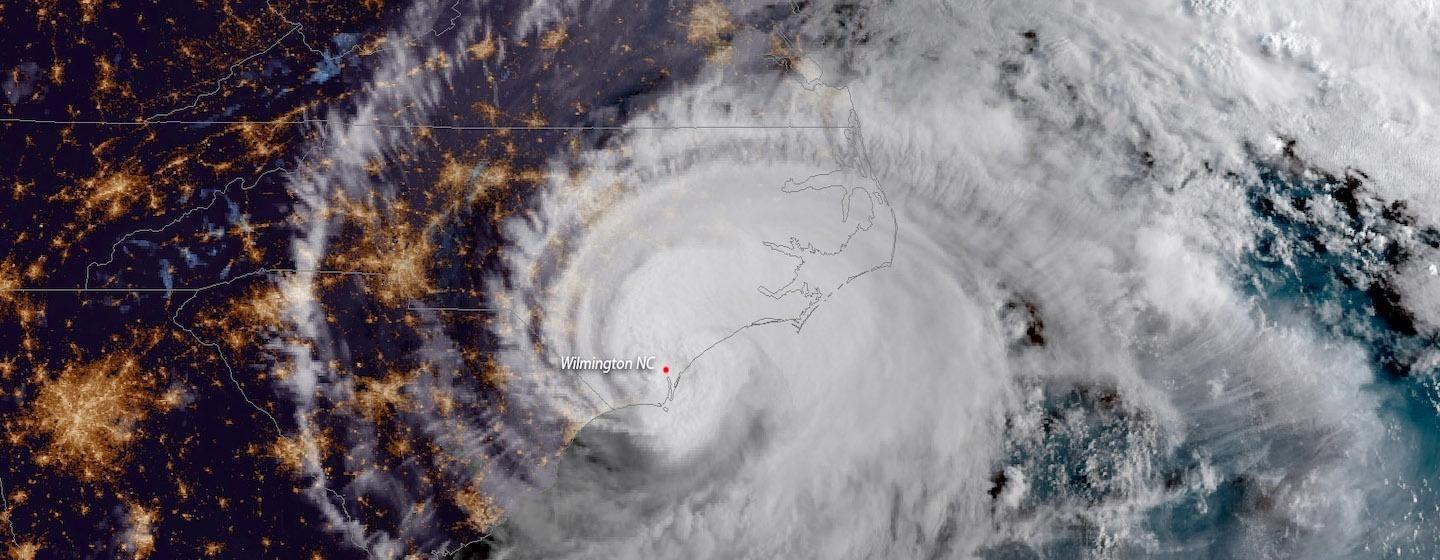Nature Adapts After Hurricanes


Hurricane Florence pounded and flooded the lower Neuse River in September 2018.
While the storm was only a Category 1 on the Saffir-Sampson Hurricane Wind Scale when it made landfall near Wrightsville Beach Sept. 14, it broke records as the wettest tropical cyclone to hit the state.
High waters from storm surge, winds, and more than 30 inches of rain swamped the area for several days, creating what a new report calls a “wave attack” on the Neuse River basin.
But in a newly published study, Jonathan Phillips, an adjunct professor in East Carolina University’s Department of Geography, Planning and Environment, reports the river has adapted and recovered from the storm.
The study focused on the river’s physical landscape, including shoreline bluffs, estuary and swamps.
“There’s absolutely no reason to intervene in the recovery of the undeveloped shorelines,” said Phillips. “Their ecosystem services are just as good now as they were before the storm. They’re providing the same functions and values.”
Not surprisingly, Phillips discovered the huge bluffs along the riverbank-some more than 30 feet high- were toppled. In fact, almost 40 feet of shoreline was gone. That’s lot of sand and sediment washed away.
“Hurricanes usually come and in leave in a half day or less,” Phillips added. “But what happened during Florence was that high winds and high water came in and it stayed that way for almost four days. “
Phillip’s survey found the sediment that washed away from the bluffs ended up in the ravine swamps, transforming them from the perpetually flooded swamps with a muddy, organic base they were prior to Hurricane Florence to sand-filled swamps.
The bluff areas also collapsed into what Phillips calls a “storm bench” or “storm platform”, a gradual sloping area between the river and the newly exposed bluff area.
Phillips also found new vegetation growing in the sand that has filled some of the ravine swamps. It’s also growing on the storm benches.
Phillips attributes the resilience of the lower Neuse River basin to the fact that large parts of the area are protected from development. It shows the importance and effectiveness of natural systems in response to climate change.
“These systems, in terms of their geomorphology and hydrology and ecology are adapted to storms,” Phillips said. “They’re created by storms, and they’re perfectly suited to handle a lot of water coming from upstream or downstream or both. In the past they’ve experienced tropical cyclones and nor’easters periodically. Now they’re likely to experience more and more powerful and slower moving, wetter storms.”